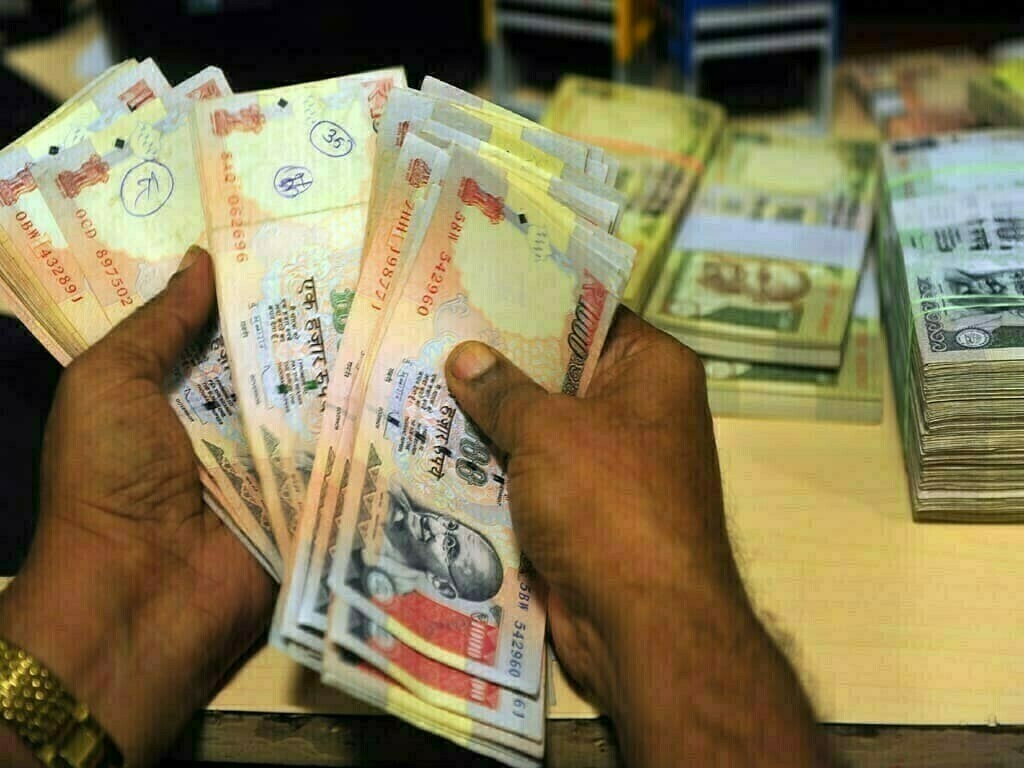Analysts said Friday that the Indian rupee could face more problems because the cost of buying dollars in the future is going down because forward premiums are going down. This is making importers hedge more.
Since January, the 1-year USD/INR forward implied yield, which shows the difference in interest rates between the US and India, has dropped from around 4.6% to near 2.80%.
This has made the forward outright rate, which is the rate at which dollars can be bought or sold for delivery at a later date, go down.
Spot and forward premiums are used to figure out the outright. Gautam Kumar, head of financial products at Kristal AI, a digital private wealth management platform in Singapore, said that the outright rate was much more important than the spot rate for importers and exporters.
“Importers will buy dollars whenever the outright rate for one, two, or three months falls below 80.” As people expect the US Federal Reserve to raise interest rates quickly, the dollar and Treasury yields go up. This makes importers want to protect themselves from currency risks.
Arindam Sandilya, head of emerging Asia local markets strategy at JP Morgan, said, “The drop in premiums lowers the cost of hedging.” Sandilya pointed out that premiums were going down at the same time that the Reserve Bank of India was trying to stop the rupee from falling.
So, a trader at a private sector bank said that the drop in premiums “kind of hurts” the RBI’s efforts to support the rupee.
Arora, the lead economist at Emkay Global Financial Services, said that importers tend to hedge more when the premiums go down.
Mahnur is MS(development Studies)Student at NUST University, completed BS Hons in Eng Literature. Content Writer, Policy analyst, Climate Change specialist, Teacher, HR Recruiter.










